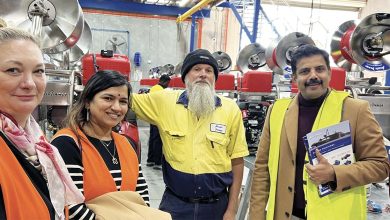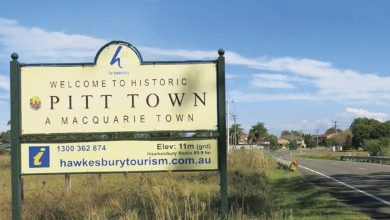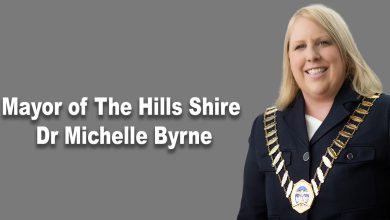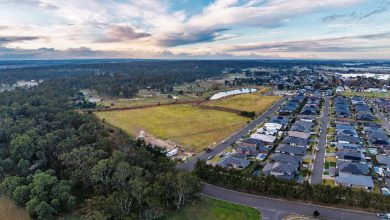The 15-Minute City: Urban Convenience or Planning Utopia?
By Alex Karki, BEng (Hons), MEng(Res) UNSW, MAITPM, MIEA – Principal Traffic & Parking Engineer, Sydney Traffic Engineers

Imagine living in a neighbourhood where everything you need — work, school, groceries, health care, and green spaces — is within a 15-minute walk or bike ride from your home. No hour-long commutes, no peak-hour gridlock, no frantic dashes to distant shops. It’s just a smoother, more local lifestyle. That’s the vision behind the 15-minute City, a concept that’s been gaining momentum among urban planners worldwide.
It sounds ideal — even obvious — in theory. But in practice, especially in cities like Sydney, it raises a fundamental question: Is it achievable?
What Is the 15-Minute City?
Carlos Moreno, a Paris-based academic and urban planner, popularised the term. His model promotes compact, polycentric urban design — where every neighbourhood functions like a small town. In an actual 15-minute city, residents can walk or cycle to:
- Schools and childcare
- Workplaces or co-working hubs
- Medical services
- Parks and green spaces
- Local shops and dining
- Cultural or recreational activities
The aim is not just to reduce travel but to improve quality of life, reduce emissions, encourage healthier lifestyles, and support local economies. It’s a direct challenge to the legacy of car-centric planning.
Paris: The Global Test Case
No city has embraced the concept more boldly than Paris. Under Mayor Anne Hidalgo, the French capital has transformed many of its streetscapes to prioritise pedestrians and cyclists. Major roads have been closed to cars. Temporary pandemic-era bike lanes have become permanent. Schools have reclaimed roads as play streets. Public services are being decentralised to make every arrondissement more self-sufficient.
As a result, cycling has surged by over 60% in some areas. Residents are spending more time locally, and air pollution has dropped significantly. Not everyone is thrilled — some business owners and drivers argue that the car restrictions go too far — but many Parisians now see their City as more liveable than ever.
Paris shows that political leadership, backed by planning reform and clear investment, can make the model work. However, it’s also a dense and compact city. Can the same be said for cities like Sydney, where sprawl is the default?
The Misinformation Challenge
Surprisingly, the 15-minute City has become a target for conspiracy theories. In cities like Oxford in the UK, traffic-calming schemes were misrepresented online as “climate lockdowns,” with some falsely claiming governments were going to restrict people to their zones.
In reality, most 15-minute city ideas aim to increase freedom — giving people the option not to rely on a car to live their daily lives. Still, the backlash highlights a crucial point: urban change necessitates clear communication and community buy-in, particularly when it pertains to mobility and identity.
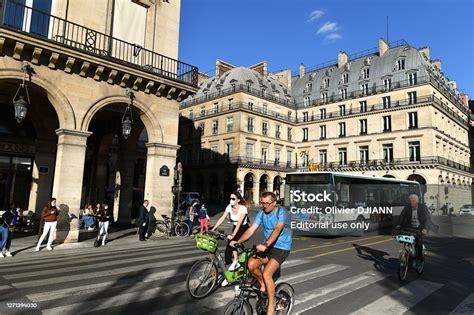
So, What About Sydney?
Sydney isn’t Paris. Its geography, history, and housing patterns are far more decentralised. Suburbs stretch for kilometres. Many areas were designed around cars, not people. And public transport — while improving — is still inconsistent across outer suburbs.
But the idea of the 15-minute City is not entirely foreign to Sydney’s planning frameworks. The Greater Sydney Commission’s “30-Minute City” goal is a close cousin. It promotes the idea that people should be able to access jobs, education, and services within 30 minutes by public or active transport.
Some of Sydney’s newer developments are taking cues from the 15-minute model. In Oran Park, for instance, the town centre includes retail, parks, schools, and civic buildings, all within walking distance of housing. In Green Square, high-density housing is complemented by libraries, aquatic centres, and upgraded walking and cycling paths.
But for every Green Square, there’s a Gregory Hills — a suburb where residents might wait years for the nearest supermarket or school to be delivered. That’s the common problem in Sydney: infrastructure and services often lag behind housing supply.
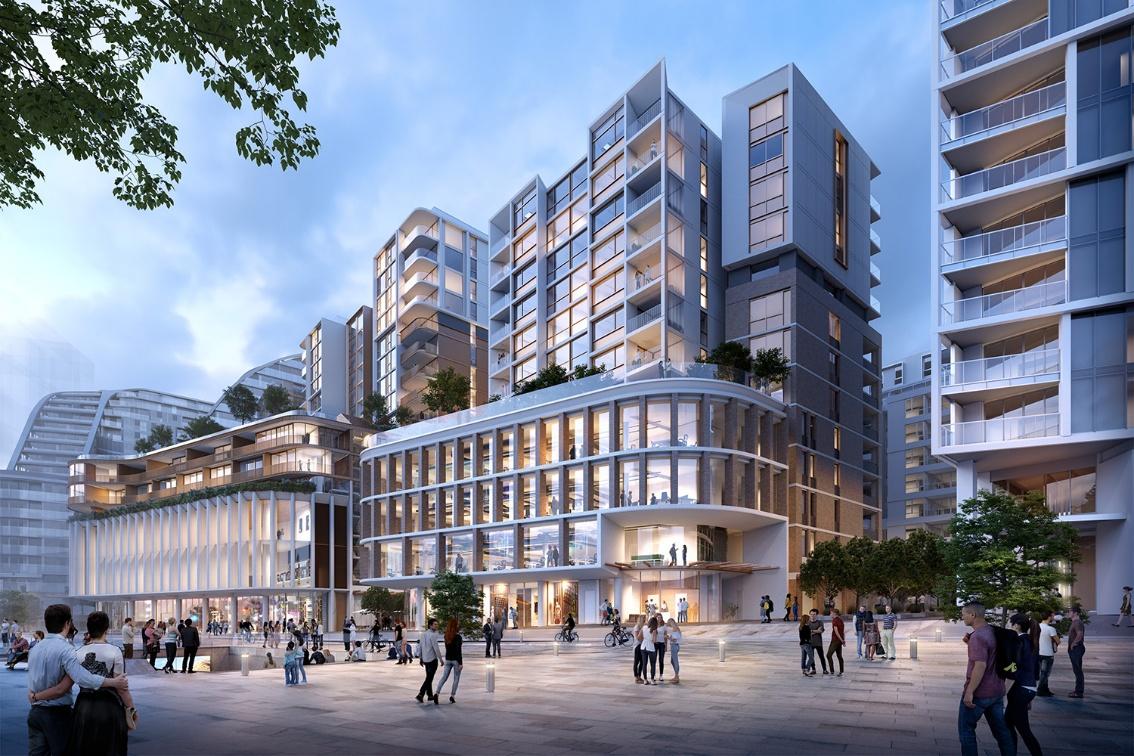
Key Barriers to Implementation
To make the 15-minute City more than just a buzzword in Sydney, several challenges must be addressed:
- Zoning Inflexibility
Many suburbs still operate under rigid, single-use zoning — meaning you can’t build a shop next to homes or put a school within a residential area without hurdles. - Housing and Affordability
Without careful planning, 15-minute cities can become exclusive enclaves. If all the conveniences are local but only affordable to a few, the model risks reinforcing inequality. - Service Gaps
Health services, childcare, and even grocery stores are still unevenly distributed across Sydney — particularly in Western and South-Western Sydney, where access lags. - Transport Infrastructure
Without reliable, frequent public transport — particularly buses in outer areas — the model can’t work for everyone. Walkability alone won’t cut it in low-density regions. - Community Mindset
Many Sydneysiders see the car as essential. Reversing this mindset will take time, education, and a visible alternative.
It’s Already Happening — In Patches
Some local councils are experimenting with 15-minute principles. The City of Sydney, Inner West Council, and Parramatta have all introduced projects aimed at enhancing walkability, revitalising main streets, and consolidating services.
Woollahra and Randwick councils have promoted “local village” identities, where corner shops, libraries, and health clinics are integral to residential life. Meanwhile, the NSW Government’s Active Transport Strategy is funding the construction of more shared paths and protected cycleways.
It’s not yet cohesive across the metropolitan area, but the signs are there. If coordinated with broader housing and employment strategies, this could evolve into a more deliberate model of urban growth.
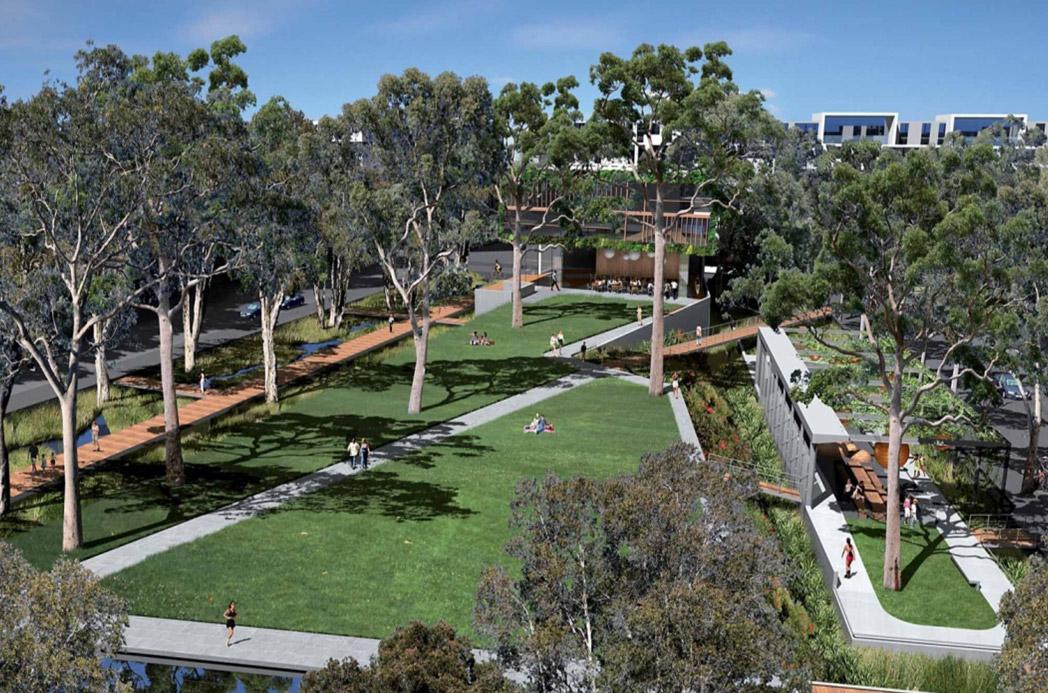
Not About Distance — But Design
Some critics argue that the 15-minute idea is flawed in Australia due to our geography. But it’s not strictly about 15 minutes, nor is it about banning cars. It’s about designing neighbourhoods so that you don’t always need a car. If critical services and community amenities are walkable for most people, then driving becomes a choice — not a necessity.
Even 20- or 30-minute neighbourhoods, if planned correctly, can deliver many of the same benefits. It’s about access, not just geography.
Final Thoughts
The 15-minute City isn’t a fantasy — but it’s also not a silver bullet. It’s a flexible framework that asks us to think differently about how we grow, connect, and serve our communities. In cities like Sydney, it challenges entrenched habits, planning systems, and infrastructure delivery models.
But it also offers something valuable: a vision of a slower, more connected, and more sustainable urban life — one that doesn’t demand endless travel or gridlock to meet our basic needs.
If we treat it less like a utopia and more like a practical goal, we might find that the 15-minute City isn’t just possible — it’s necessary.
Alex Karki
BEng (Hons) MEng(Res) UNSW, MAITPM, MIEA
Principal Traffic & Parking Engineer
P: 02 9056 5043
M: 0491 375 515
E: [email protected]
W: www.trafficengineers.sydney+
L: Nexus Building, 4 Columbia Court, Norwest NSW 2153
Postal: Post Box 8020,Norwest, NSW 2153



